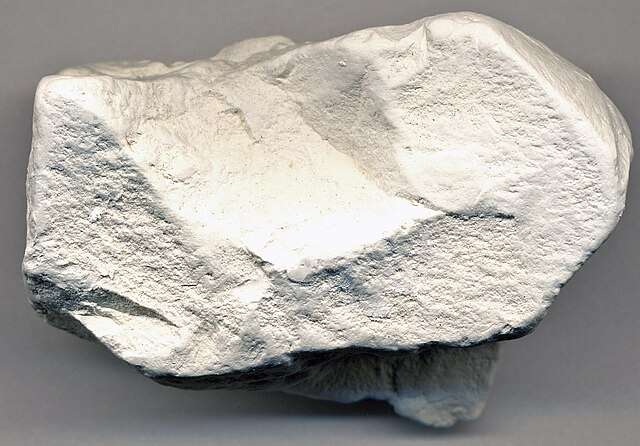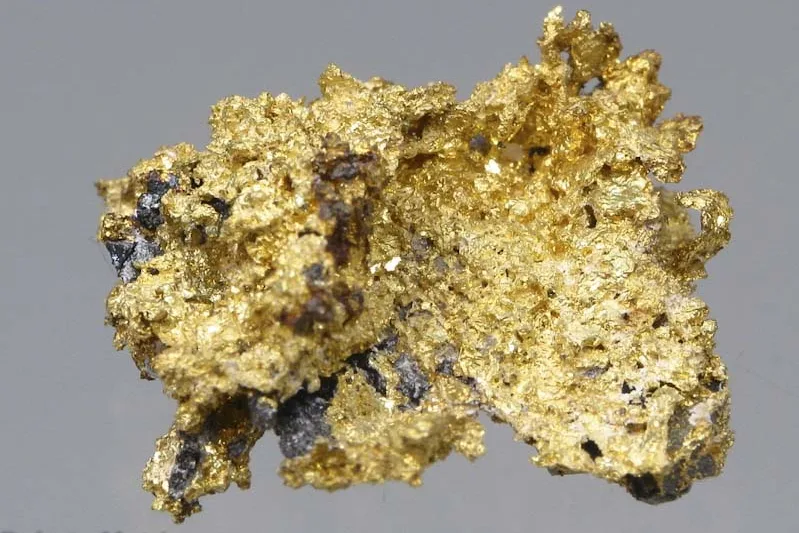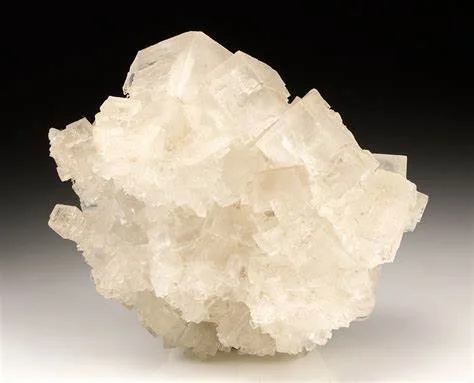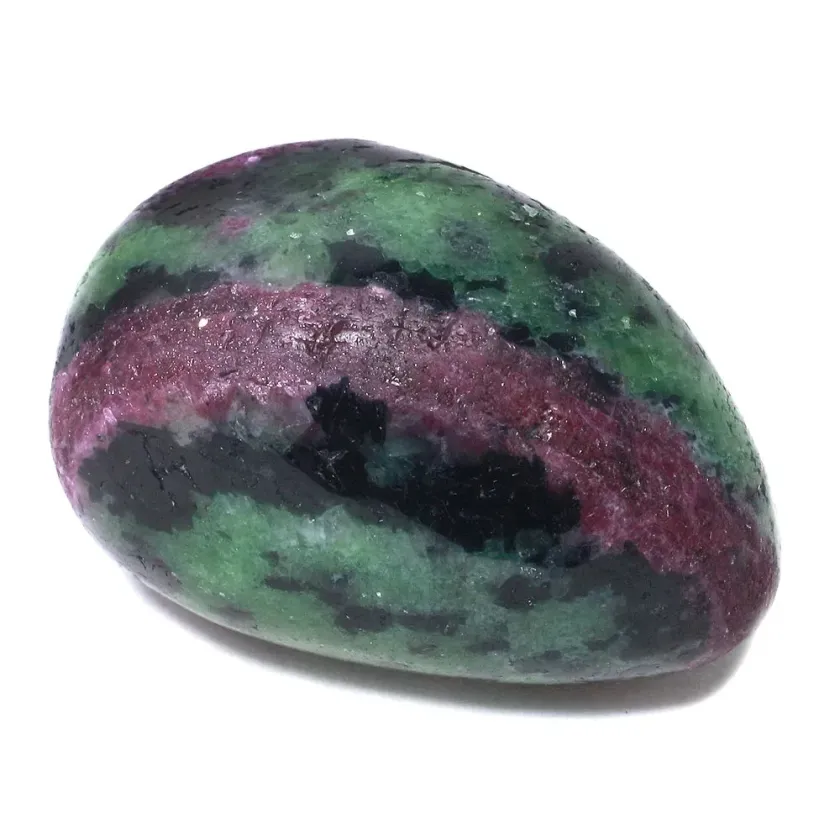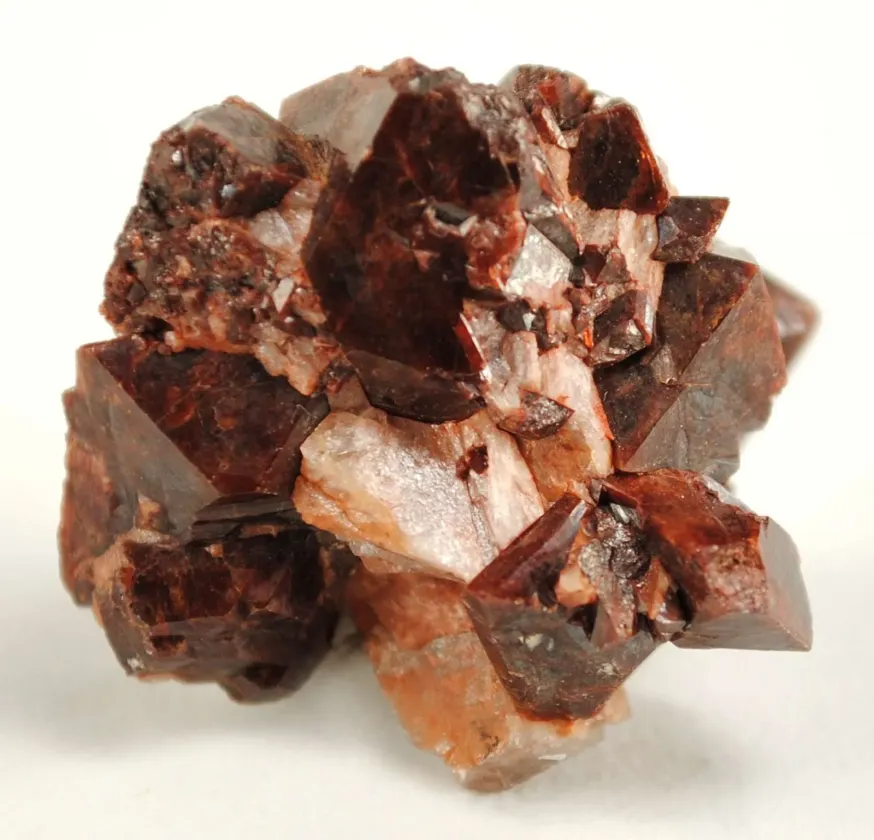Kaolinite
Appearance The soft, earthy, and typically white mineral known as kaolinite (dioctahedral phyllosilicate clay) is created when aluminum silicate minerals like feldspar weather chemically. Pale yellow, cream, or white with occasional red, blue, or brown tints from impurities; frequently stained in a variety of colors, with tans and browns being the most common. Seldom as […]





